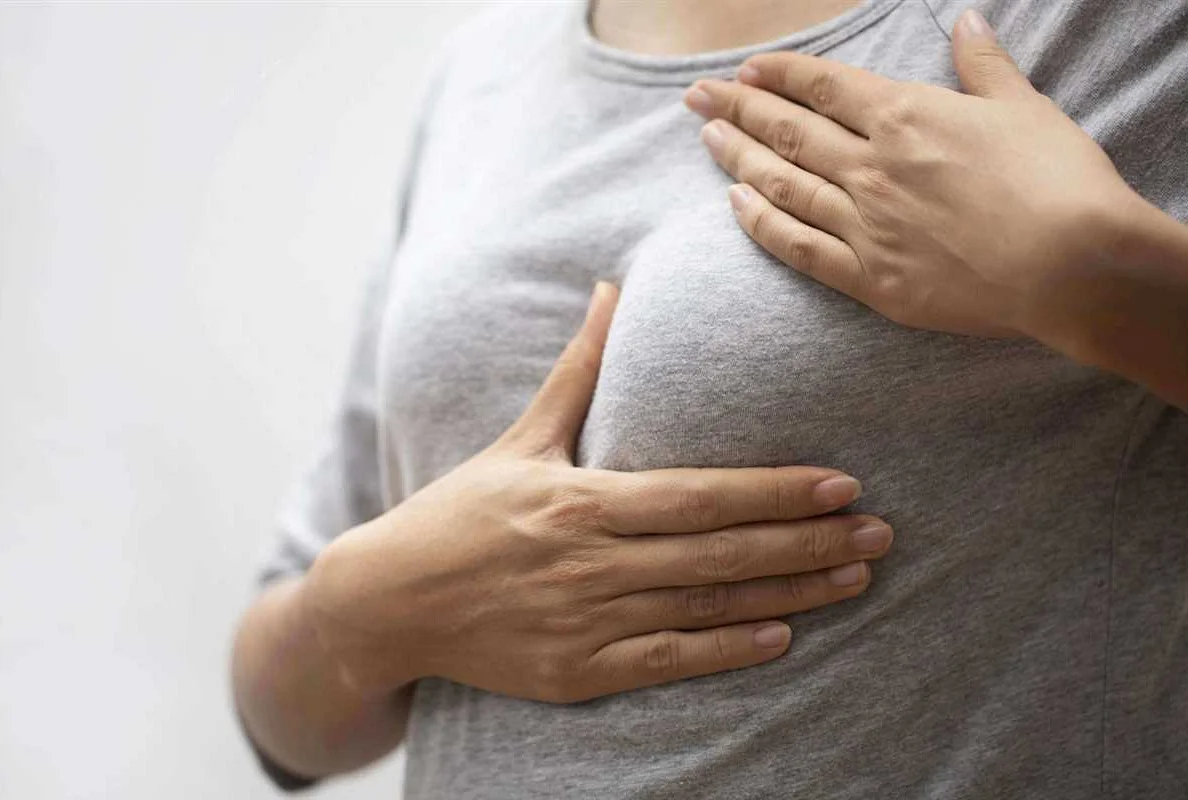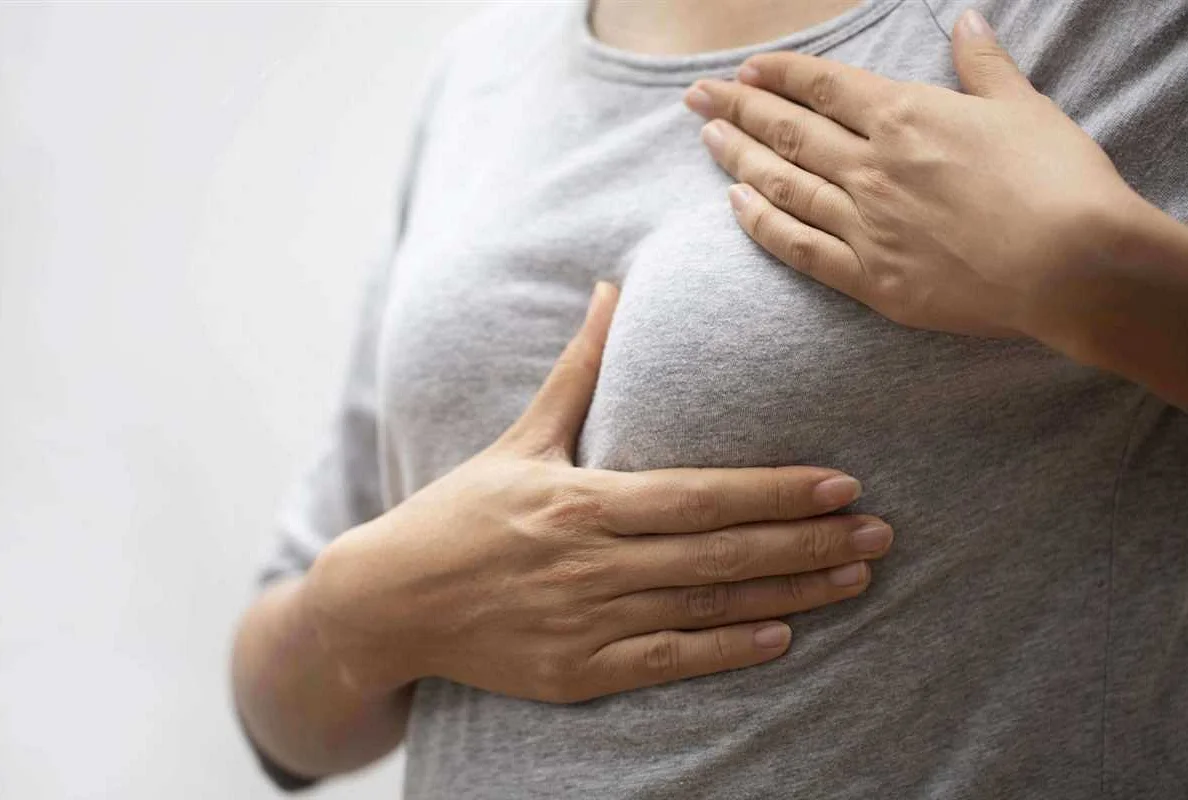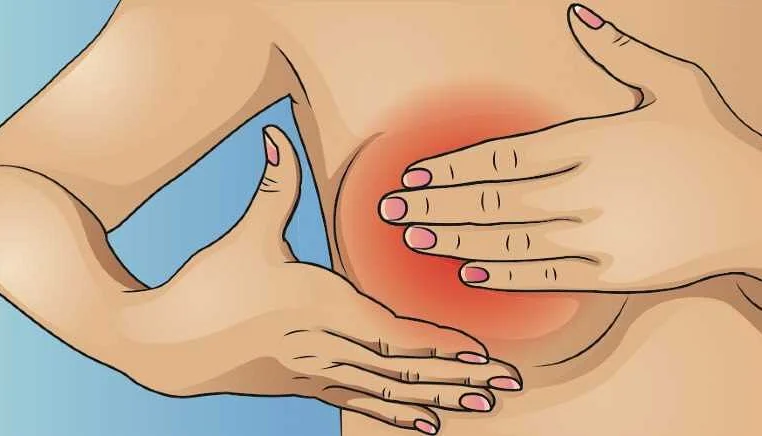Reasons Why Women’s Breasts Ache
Содержимое
Learn about the possible causes of breast pain in women, including hormonal changes, menstruation, pregnancy, breastfeeding, and more. Find out when to see a doctor and how to alleviate discomfort.
For many women, breast pain or aching can be a common occurrence that affects their daily lives. Whether it’s a dull ache or sharp shooting pain, it can be a source of discomfort and worry. Understanding the causes of breast pain is crucial in finding the appropriate solutions and relief.
Hormonal changes: One of the most common causes of breast pain in women is hormonal changes. This can occur during the menstrual cycle, pregnancy, or menopause. Fluctuations in estrogen and progesterone levels can lead to breast tenderness and soreness. The pain is usually temporary and subsides as hormone levels stabilize.
Fibrocystic breast changes: Another common cause of breast pain is fibrocystic breast changes. This condition is characterized by the development of lumps or cysts in the breast tissue, which can cause discomfort and tenderness. The pain may worsen before menstruation and improve afterwards. Although fibrocystic changes are usually harmless, it’s important to consult a healthcare professional to rule out any underlying issues.
Improper fitting bras: Wearing bras that don’t fit properly can also contribute to breast pain. A bra that is too tight or doesn’t provide adequate support can put pressure on the breasts and lead to discomfort. It’s important to get measured regularly and invest in well-fitting bras to ensure proper support and minimize breast pain.
Injury or trauma: In some cases, breast pain may be caused by injury or trauma to the breast. This can occur due to accidents, sports-related injuries, or even surgeries. The pain may be accompanied by swelling, bruising, or changes in breast appearance. Seeking medical attention is essential to assess and treat any underlying damage.
While breast pain is often not a cause for concern, persistent or severe pain should be evaluated by a healthcare professional. They can perform a physical examination, order diagnostic tests, and provide appropriate treatment options to alleviate the pain. In the meantime, wearing a supportive bra, practicing good posture, and applying warm compresses may help relieve discomfort. Remember, taking care of your breast health is essential for overall well-being.
Hormonal Changes and Breast Pain

Hormonal changes can often be a cause of breast pain in women. These changes occur throughout a woman’s menstrual cycle, and can lead to breast tenderness, swelling, and discomfort.
During the menstrual cycle, hormone levels fluctuate, particularly estrogen and progesterone. These hormonal fluctuations can cause the breast tissue to become more sensitive and reactive, leading to pain and discomfort.
Some women may experience breast pain during the premenstrual phase, which is known as cyclical breast pain. This type of pain typically occurs in both breasts and is usually more pronounced in the upper outer areas. It may also be accompanied by breast swelling and heaviness.
In addition to hormonal changes during the menstrual cycle, hormonal imbalances or changes during pregnancy, breastfeeding, and menopause can also cause breast pain.
It is important to note that while breast pain is often associated with hormonal changes, it can also be a symptom of other underlying conditions. If you are experiencing persistent or severe breast pain, it is recommended to consult a healthcare professional for proper diagnosis and treatment.
- Wear a well-fitting and supportive bra to minimize breast movement and provide comfort.
- Avoid caffeine and salt, as they can contribute to breast pain and swelling.
- Apply warm or cold compresses to the breasts to help alleviate pain and reduce swelling.
- Practice relaxation techniques and manage stress, as stress can exacerbate breast pain.
- Consider taking over-the-counter pain relievers, such as ibuprofen, to help reduce breast pain.
By understanding the hormonal changes that can cause breast pain and implementing these solutions, women can effectively manage and alleviate their discomfort.
Breast Development and Soreness
Breast development is a natural process that occurs in females during puberty. It involves the growth and maturation of the mammary glands and the surrounding breast tissue. This development is triggered by hormonal changes, specifically the increase in estrogen levels. As the breasts develop, it is common for girls and young women to experience soreness or tenderness in their breasts.
The soreness or tenderness, also known as breast pain or mastalgia, is usually mild to moderate and can affect one or both breasts. It may be accompanied by swelling, heaviness, or a feeling of fullness in the breasts. While breast soreness is a normal part of breast development, it can sometimes cause discomfort or anxiety.
There are several reasons why breast soreness occurs during development. One of the main factors is the increase in hormone levels, particularly estrogen. Estrogen stimulates the growth of breast tissue and can lead to breast soreness.
In addition to hormonal changes, other factors can contribute to breast soreness during development. These include increased blood flow to the breasts, changes in the structure of the breast tissue, and the growth of milk ducts and lobules. These changes can put pressure on the breast tissue and cause discomfort.
While breast soreness during development is generally normal, it is important to pay attention to any changes or unusual symptoms. If the pain becomes severe, persistent, or is accompanied by other symptoms such as lumps, redness, or nipple discharge, it is recommended to seek medical attention. A healthcare provider can evaluate the symptoms and determine if further investigation or treatment is necessary.
To alleviate breast soreness during development, there are some self-care measures that can be helpful. Wearing a supportive bra, applying warm compresses, practicing relaxation techniques, and taking over-the-counter pain relievers can provide relief. It is also important to maintain a healthy lifestyle, including regular exercise and a balanced diet, as these factors can contribute to overall breast health.
In conclusion, breast development is a normal process that can cause soreness or tenderness in females. Understanding the factors that contribute to breast soreness and implementing self-care measures can help alleviate discomfort and promote breast health during this stage of development.
Breast Cysts and Discomfort
One common cause of breast pain in women is the presence of breast cysts. Breast cysts are fluid-filled sacs that can develop within the breast tissue. These cysts can vary in size and may feel like soft or firm lumps.
While breast cysts are usually benign and not associated with an increased risk of breast cancer, they can cause discomfort and tenderness. The exact cause of breast cysts is unknown, but they may be related to hormonal changes or imbalances.
If you have breast cysts, you may experience pain or tenderness in the affected breast. The pain may be constant or come and go. Some women also notice swelling, redness, or a feeling of fullness in the breast.
If you’re experiencing discomfort from breast cysts, there are some steps you can take to alleviate the pain. Wearing a supportive bra or using a hot or cold compress can help relieve the discomfort. Over-the-counter pain relievers, such as ibuprofen, may also provide relief.
If the pain from breast cysts is severe or persistent, it’s important to see a healthcare provider. They may recommend further testing, such as a mammogram or ultrasound, to rule out other conditions and ensure the cysts are not cancerous.
Wearing the Wrong Bra Size

One common cause of breast pain in women is wearing the wrong bra size. Many women are unknowingly wearing bras that are too small, too big, or just not the right fit for their body shape. This can lead to discomfort and even pain in the breasts.
When a bra is too small, it can compress the breasts and put pressure on the breast tissue. This can cause pain and discomfort, especially during movement or physical activity. On the other hand, a bra that is too big may not provide enough support, causing the breasts to bounce and move excessively, which can also lead to pain and discomfort.
Wearing the wrong bra size can also lead to other issues such as shoulder and back pain. If the straps of the bra are too tight or if the band is not snug enough, it can put strain on the shoulders and back, causing pain and discomfort in these areas as well.
To solve this problem, it is important for women to get properly fitted for a bra. This involves measuring the band size and cup size to ensure a proper fit. There are also different styles and types of bras available, so it is important to find one that suits your body shape and provides the necessary support.
Overall, wearing the wrong bra size can contribute to breast pain and discomfort in women. By getting properly fitted for a bra and choosing the right style and size, women can alleviate these issues and ensure optimal comfort and support for their breasts.
Muscle Strain and Breast Pain

Muscle strain can often be a cause of breast pain in women. Common activities such as exercising, lifting heavy objects, or even carrying a heavy backpack can lead to muscle strain in the chest area, which can result in breast pain.
When the muscles in the chest are strained, they can become tight and tender, causing discomfort and pain in the breasts. This pain may feel similar to the soreness experienced after an intense workout.
To help alleviate muscle strain and breast pain, it is important to rest and give the muscles time to heal. Applying a warm compress or taking a warm shower can also help relax the muscles and provide relief. Gentle stretching exercises for the chest can also be beneficial in reducing muscle strain.
It is important to note that if the breast pain is severe or persists for an extended period, it is advisable to consult a healthcare professional. They can help determine the underlying cause of the pain and provide appropriate treatment.
Overall, muscle strain can contribute to breast pain in women, but with rest, gentle stretching, and proper care, the pain can be relieved and the muscles can heal.